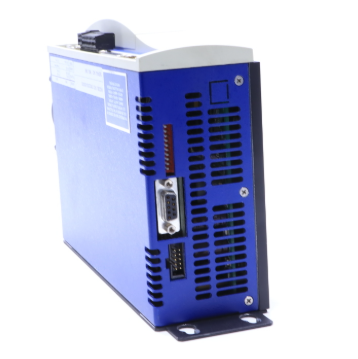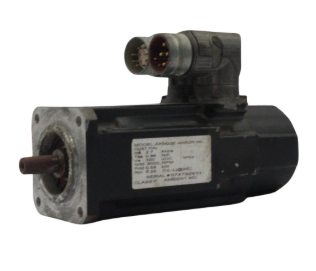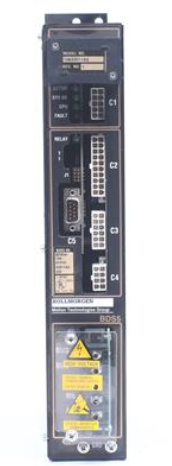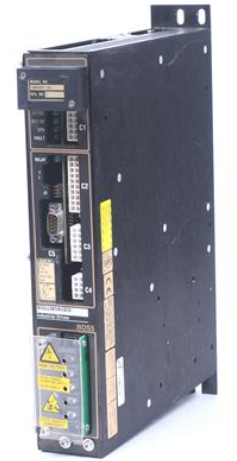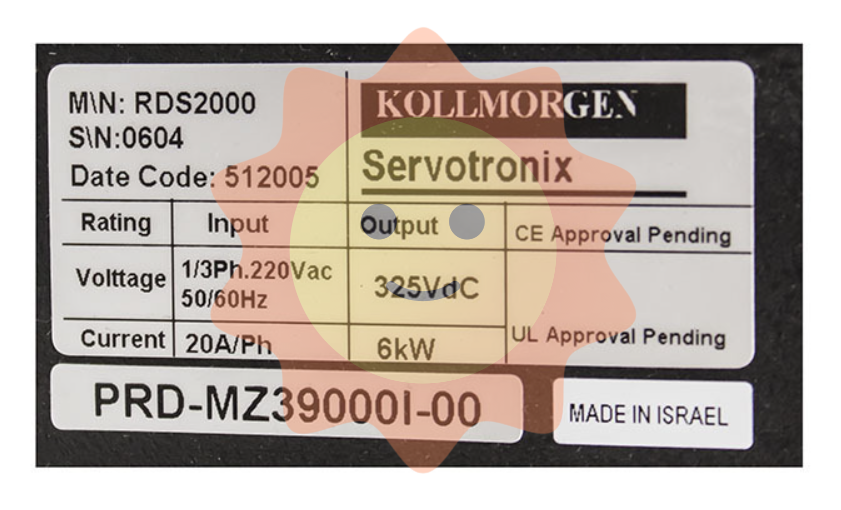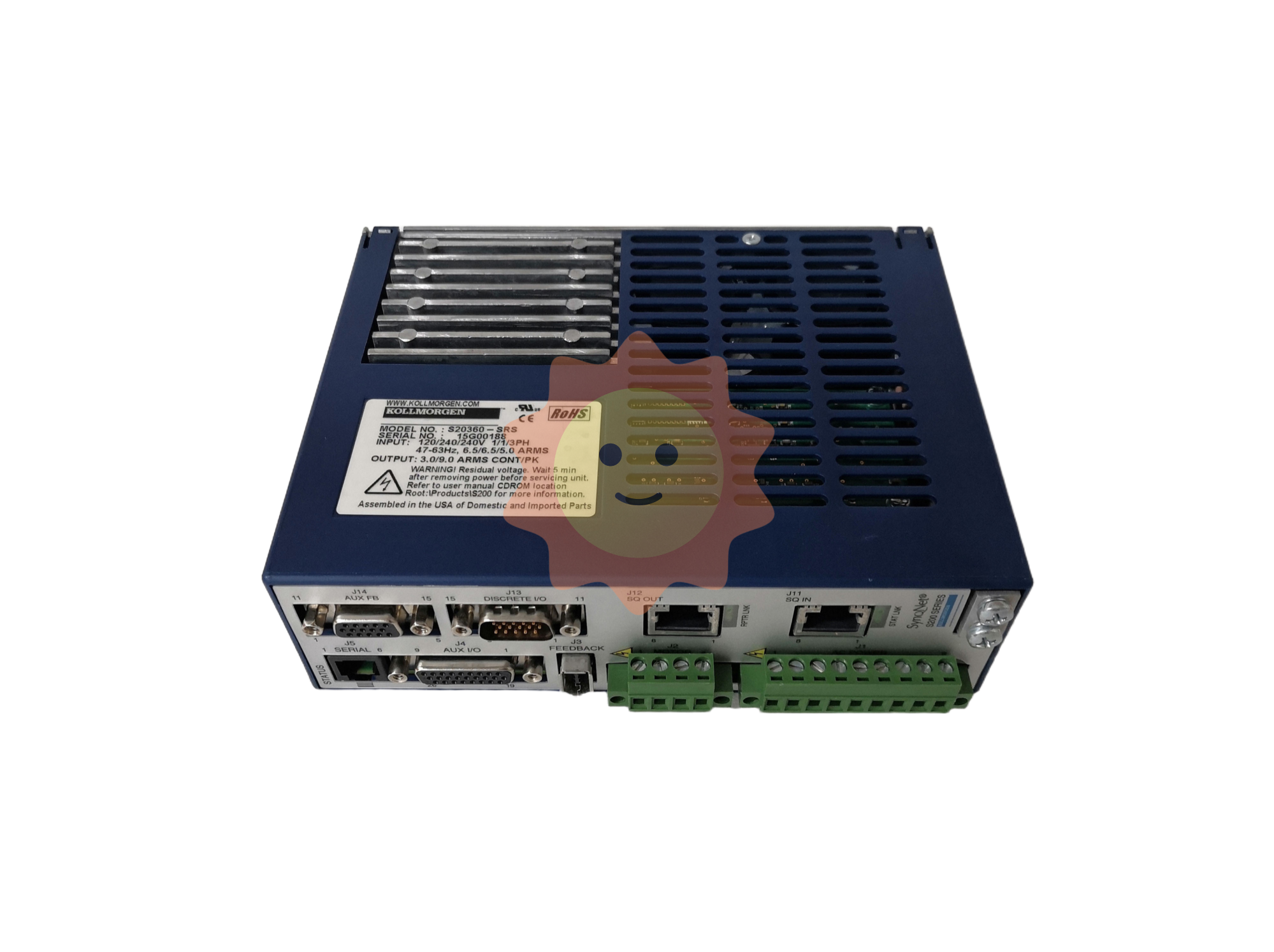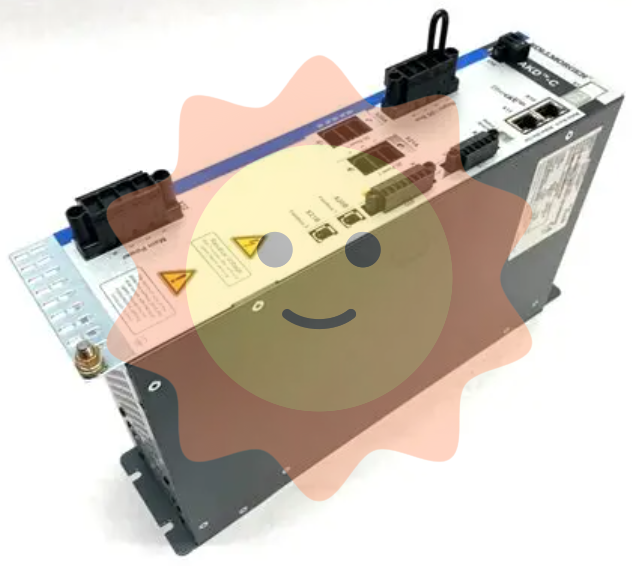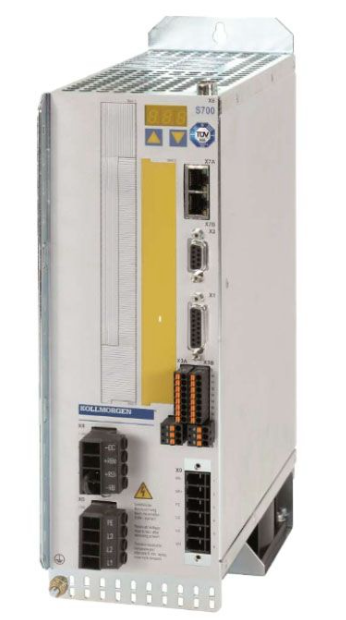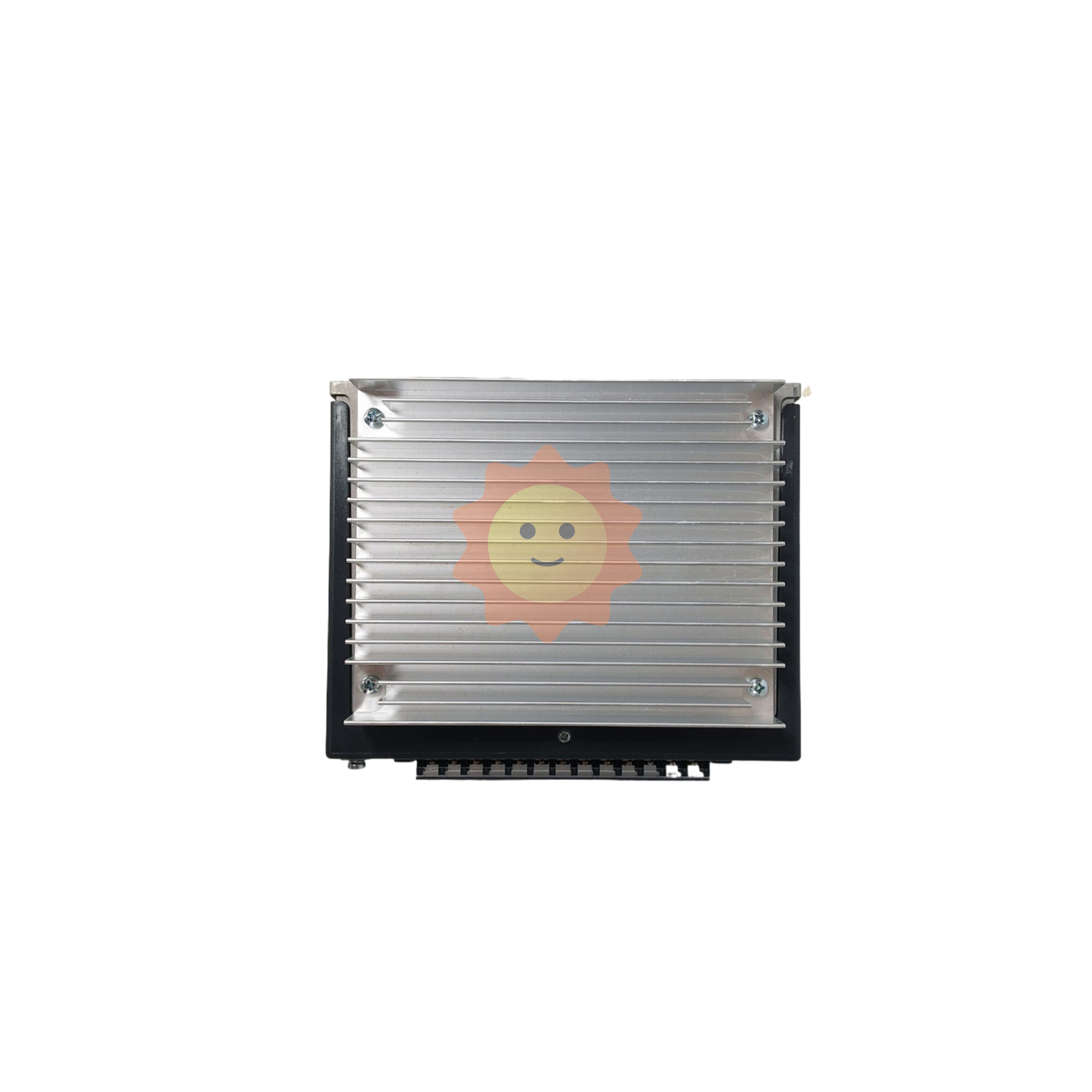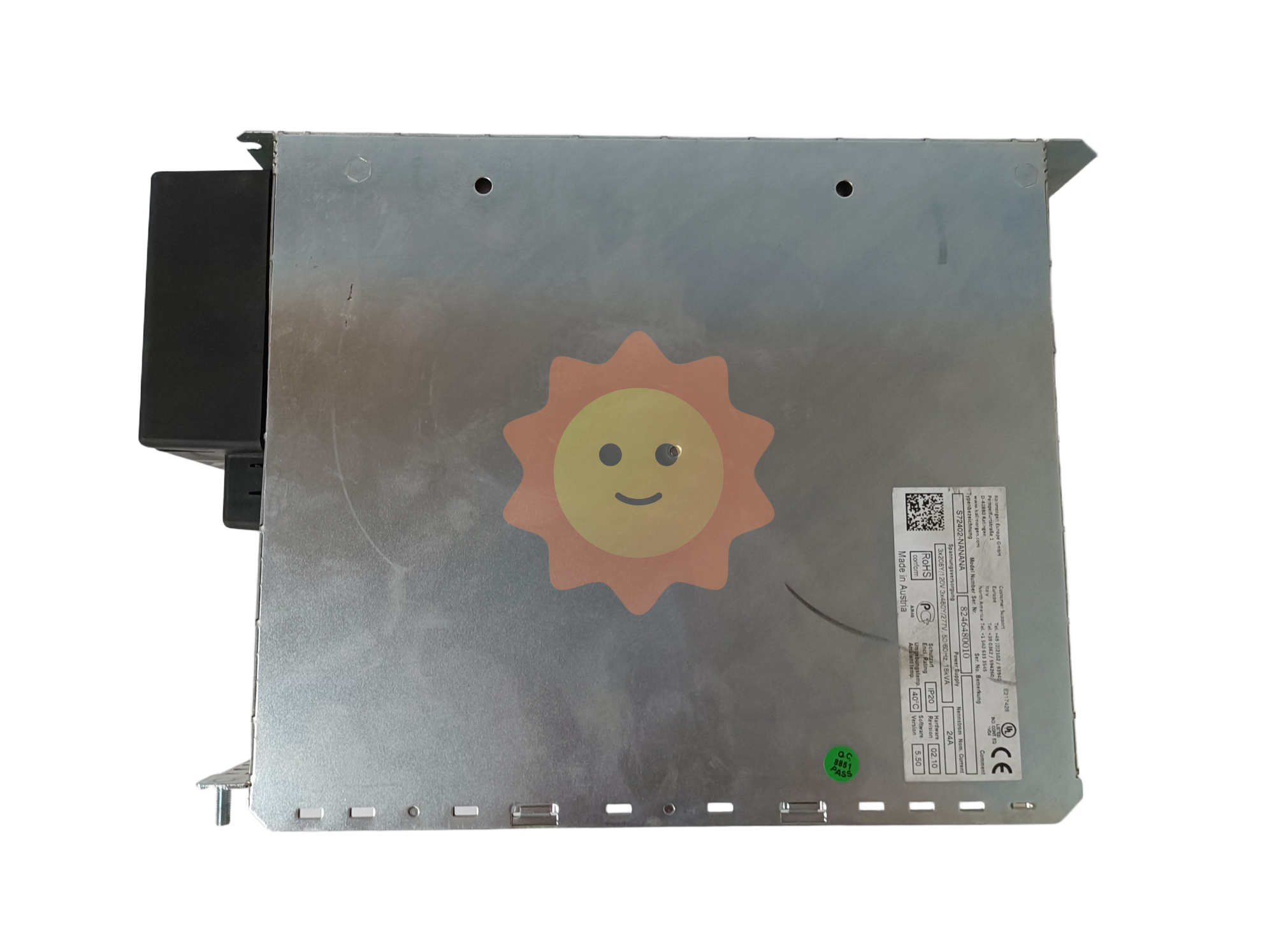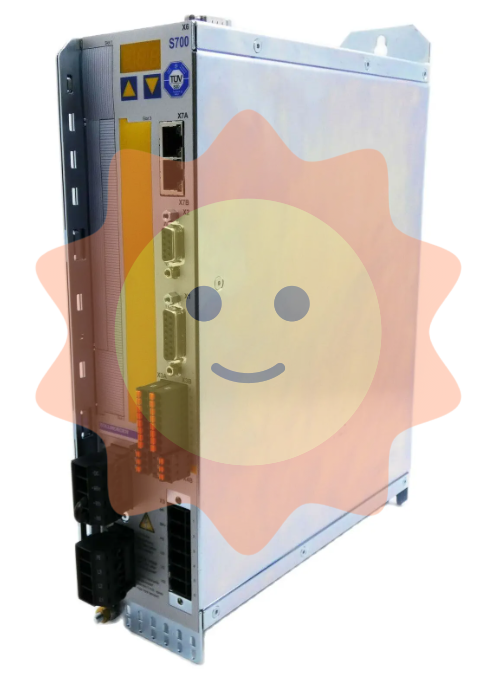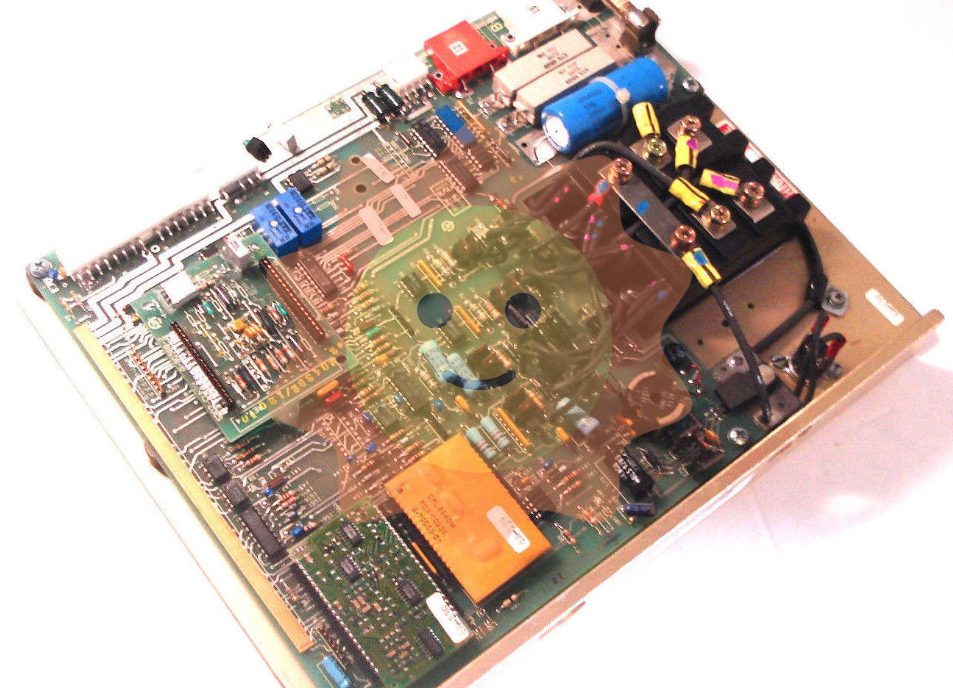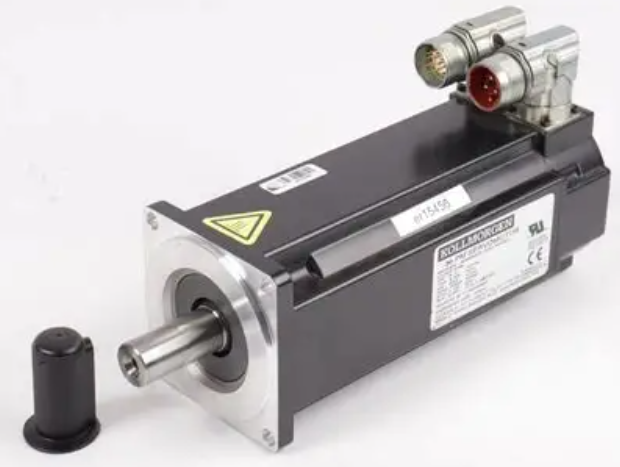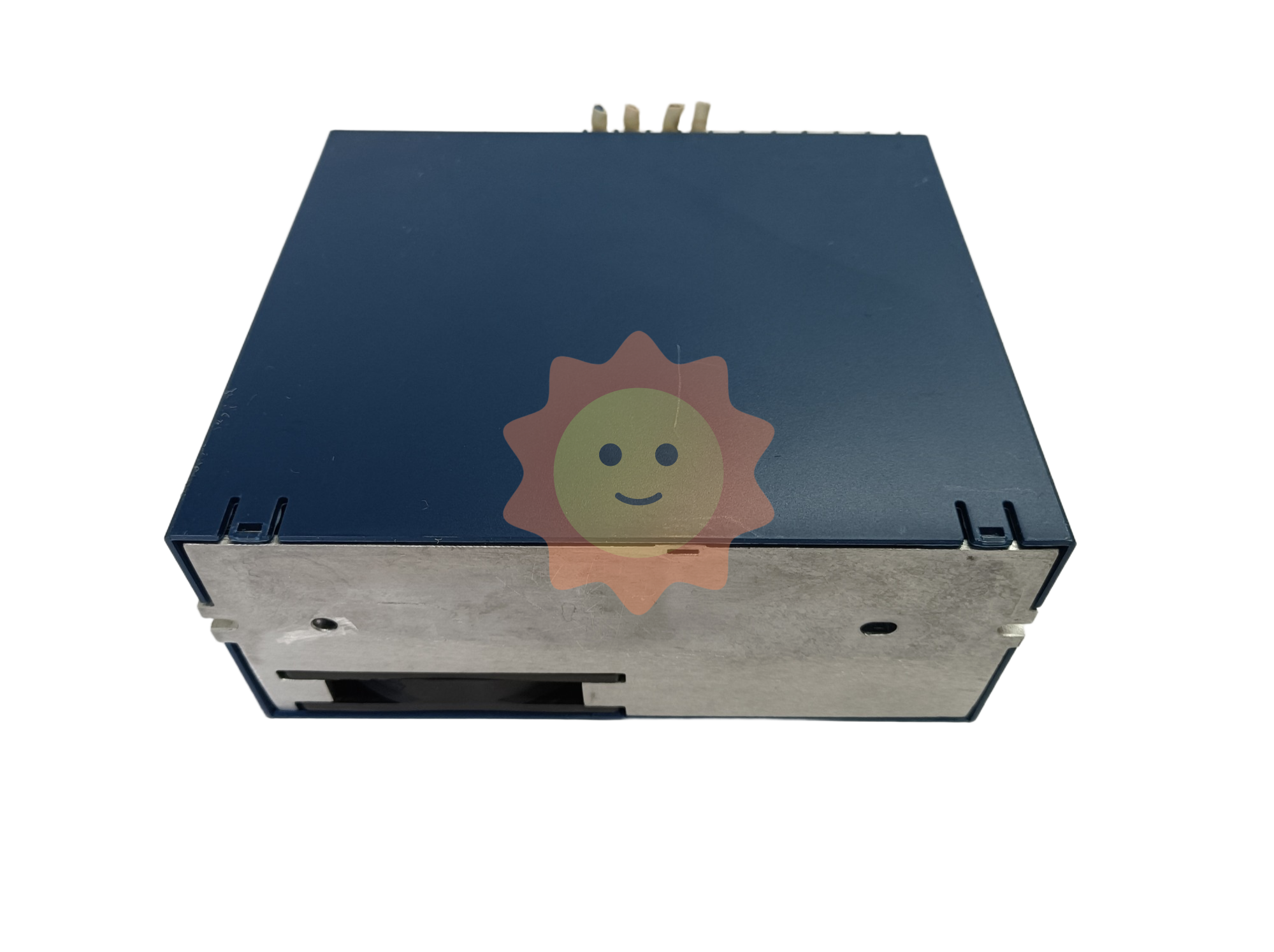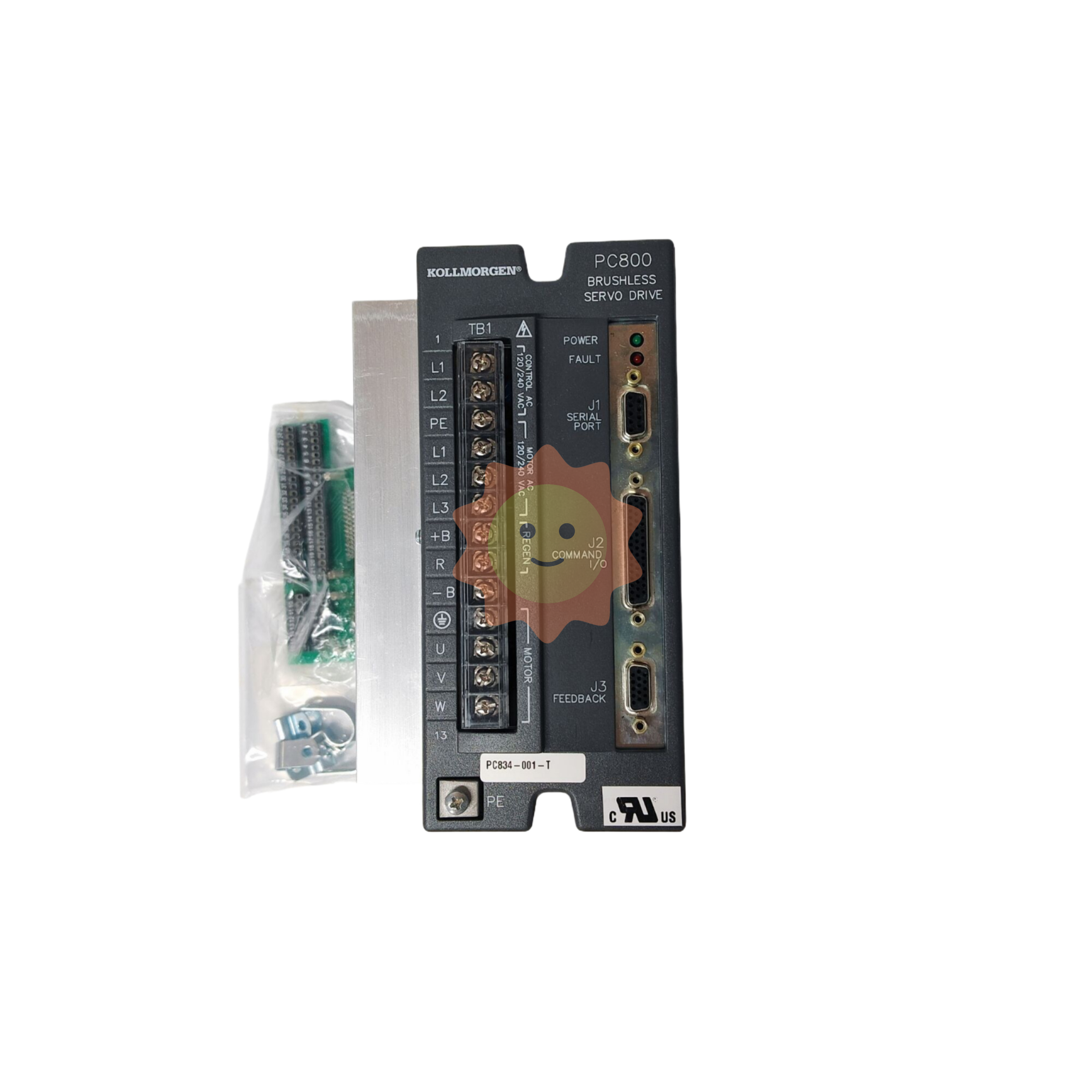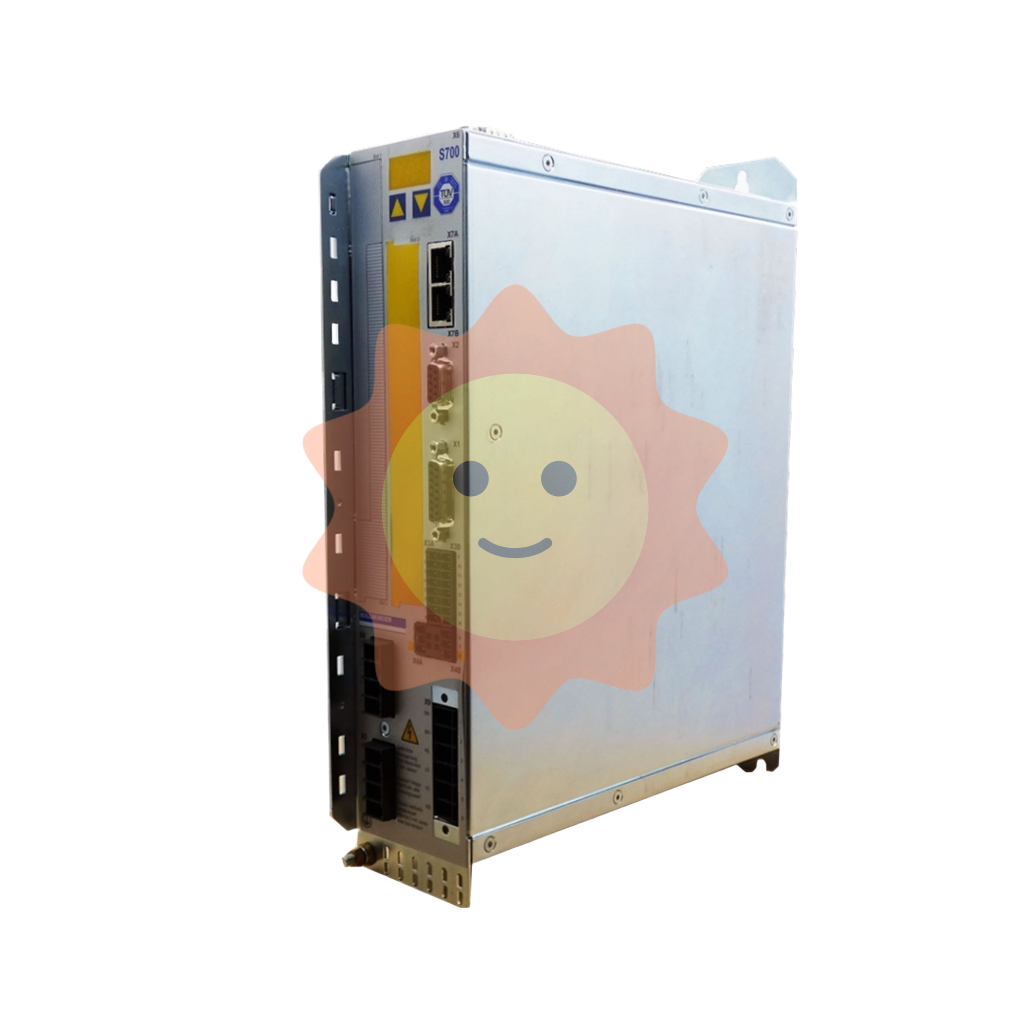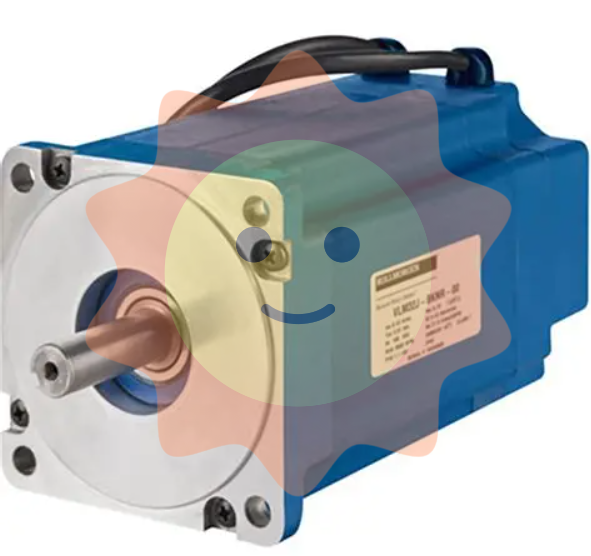Sorting out the mode of mine ecological restoration and activation utilization
1. Main problems in mine rehabilitation and activated utilization
The restoration and activation of mines in China are mainly faced with such problems as capital investment, land use policy and withdrawal mechanism.
1.1 Mining activities have a great impact on the natural environment and require large investment in ecological restoration funds and technologies
The restoration and comprehensive treatment of mine geological environment are the basis of mine activation and utilization. The extensive development mode still has a serious impact on the geological environment of the mine. The land use and development behaviors of mining sites, tailings, storage yards, waste dumps, goaf, workshops, mines and mining facilities have damaged the original vegetation and topography, resulting in enhanced heterogeneity of the mining landscape, destruction of stability, and impact on ecological processes. Lead to a certain range of surface collapse and groundwater level changes, often lead to surface movement basin, ground cracks, collapse pits, seasonal water, accelerate farmland soil salinization, resulting in higher ecological restoration technical requirements and environmental governance and restoration costs.

1.2 Insufficient connection between the mining cycle and the land transfer time limit of mining land leads to idle land after mine closure
According to the provisions of the Land Administration Law, the Rules for the Implementation of the Mineral Resources Law and other laws and regulations, the term of use of construction land shall be clearly stipulated by the State. The maximum term for the transfer of mining land is 50 years. However, the use mode and term of mining land are determined by the characteristics of mineral resources themselves. Generally, the use cycle of mining land for mineral resources suitable for open-pit mining may only be 4 to 6 years, and some may even be shorter. The mining land that needs to be mined underground may be used for far more than 50 years due to the distribution conditions of underground mineral resources. After a production cycle of just a few years, open-pit mines often become idle land.
1.3 The withdrawal mechanism of mining land is not perfect, and the activated utilization lacks policy support
Due to the imperfect withdrawal mechanism of mining land, after mining enterprises complete reclamation of mines, the land is difficult to replace or return to the government, and it cannot be further activated. Due to various reasons, the policy [1] that "state-owned industrial and mining enterprises can replace the rural collective cultivated land destroyed due to production by reclaiming the original state-owned abandoned land with the same quantity and quality of farmland has not been effectively implemented [2]." On the other hand, at present, there is no perfect policy support for the transformation of mining land use, which makes it difficult to effectively promote the restoration and activation of mining land.
2. Model reference for mine restoration and activation utilization
In the world, mining ecological restoration has been explored and practiced for a long time, and basically formed a technical system mainly based on matrix improvement, phytoremediation, soil quality evolution and plant succession. In terms of land function transformation, apart from the traditional reclamation and forest utilization, it can be basically summarized into three activated utilization modes: ecological recreation, heritage memorial and regeneration.

2.1 Ecological recreation model
Ecological recreation mode is to build abandoned mining areas into ecologically themed country tour parks and theme parks on the basis of mine environment regulation and restoration of regional biodiversity, relying on beautiful outdoor environment and characteristic landscape, so as to reshape habitats, enrich ecological recreation products for surrounding residents, and promote regional economic development.
(1) State-owned Akashi Kaikai Park
Japan's state-run Akashi Kaikai Park was originally a massive quarry that, from the 1950s to the mid-1990s, provided 1.06 trillion cubic meters of sand for the construction of Kansai Airport and artificial islands off the coast of Osaka and Kobe, digging depths of more than 100 meters and creating a wide range of exposed mountains. Through years of continuous vegetation restoration and rainwater management, the project transformed it into a future-oriented regional leisure place including an international conference center, a star-rated hotel, a large greenhouse, an open-air theater and other facilities, which is still a popular destination for global flower tourism.
Beginning in the 1980s, Hyogo Prefecture, where the island is located, commissioned Tadao Ando to carry out planning and design, and set up a committee of greening experts to restore vegetation. The plan emphasizes the restoration of the natural state, the formation of a good landscape and the creation of a recreational space for people. The scientific method of planting makes this plan possible, including fixing a honeycomb of three-dimensional metal plates on the bedrock, filling it with new soil and covering it with grass curtains to conserve water. The irrigation system uses embedded polyethylene pipes with a density of 1 meter. At the same time, because the local precipitation is relatively low, so in order to meet the needs of plant growth, the use of surface water collection, water recycling and other technologies.

(2) Biville Quarry Recreation area
Biville quarry is located in the Grand Canyon of Clivertine, France, which has the characteristics of large scale, large elevation difference and serious ecological degradation. Through platform transformation, vegetation restoration, water flow introduction and other technical means, the project creates the waterfront habitat, and turns the former quarry into a regional fishing mecca and lake leisure area.
Taking advantage of the original topography of the mine, the project uses a series of facilities and equipment to direct the flow of water to the valley floor to form a lake. The platform transformation of the straight-line quarry pit is not only convenient for visitors, but also allows the runoff from the high level to flow from the grass into the drainage ditch, protecting the surface from the impact of rain, runoff and erosion. On this basis, the introduction of broom, vitex and other barren resistance, strong root system, strong nitrogen fixation, through plant roots to promote the surface firm, the formation of topsoil. Considering the great demand of local residents for fishing, the huge lake shoreline at the bottom of the valley has been carefully designed to facilitate fishing.
(3) Kinta Nature Park
Kinta Nature Park is located in Malaysia, with a low environmental impact means to promote ecological restoration, the introduction of tourism and resort functions to balance ecological protection and regional development, the ecological environment is extremely harsh open lead mine into a country park with both protection and recreation functions.
The project focuses on biological natural restoration, promoting soil self-purification and vegetation regeneration, and creating wetlands to provide habitats for microbial reproduction. At the same time, pay attention to the play of tourism and vacation functions, combine the inherent resources in the park with tourism, transform the use of lead mine ruins, abandoned factory buildings as scenic spots and visitor centers, build natural education and field practice facilities, as well as bird's nests, sightseeing towers, camping and shelters. Activities such as watching wild animals and birds, sketching, photography, going out, visiting lakes and hiking in the wild are launched to achieve the common development goals of ecological restoration and economic development.

2.2 Heritage memorial model
On the basis of ecological restoration, the heritage memorial model highlights the landscape of industrial and mining areas, focuses on reflecting the mining scene, and transforms abandoned mines into urban industrial civilization memory sites, heritage parks, museums and other popular science cultural facilities as well as industrial tourism destinations.
(1) Quarry of Dionysus
The quarry of Dionysus in Greece was built in the 15th century. The project adopts a low impact method, from design to construction, without too much modification and processing, and reflects the original style of the quarry to the maximum extent.
The project uses local materials, makes full use of the original site materials, organizes the tour path through the old quarry walking path, transforms the abandoned land into an open-air museum, and provides visitors with a scene space to reproduce the traditional marble development and excavation.
(2) Chenshan Botanical Garden Mine Garden
The Mine Garden of Chenshan Botanical Garden is located in Shanghai, on a 70-meter-high hill in Chenshan. In 1905, Chenshan began quarrying, until 2000, Chenshan quarry was closed by the government, many years of mining formed a huge mine. Based on the concept of "minimal intervention", after six years of cleaning, planning and vegetation planting, the project transformed the new landmark and city card of Shanghai with 1.6 million adult visitors.
Shentan area is the core of the mine garden, which was formerly the remains of Chenshan Quarry. After the entire southern slope of Chenshan was mined for building stone, it was dug deep underground, reaching more than 60 meters into the ground, and the pool water is more than 30 meters from the ground, and the deepest depth of the pool water is more than 30 meters. Within the pit area, the designers have created a walkway consisting of poured steel barrels, a steel trestle fitted to the cliff, an artificial "one-line sky" and a wooden pontoon bridge, to experience the visual impact of the pit quarry up close and experience the spectacular spectacle of the artificial waterfall.
2.3 Recycling mode
The regeneration and utilization mode fully exploits the location value of the mining area, strengthens the topographic features such as cliffs and cliffs in the original mining area, transforms the original mining land into functional Spaces such as sports venues and high-end resort hotels with unique spatial experience, and reshapes the vitality of the region.

(1) Braga Municipal Stadium
Located on the site of the former Montecastro Granite quarry in Portugal, the Braga Municipal Stadium takes full advantage of the cliff topography of the quarry to boost the economy and support future growth in a deprived part of the city by embedding a large-scale sports facility.
The project preserves the natural form of the original site, combining the building site with the original cliffs. The stadium is fully equipped with 30,154 seats, 352 bathrooms, 20 bars, and 4 emergency centers. Its press hall can accommodate 600 people working at the same time. The 270-square-meter super screen is the largest in Europe.
(2) Tianma Mountain Hotel, Shanghai
Located in the Songjiang National Scenic Area, Shanghai Tianma Mountain Hotel began construction in 2013 and is still under construction. Tianma Mountain Deep Pit was originally a small hill 40 meters high. Since the liberation began to blast the mountain quarrying, the end of the 1950s, the entire hill has been gone, by the 1970s, has formed 88 meters deep crater. The project takes advantage of the topographical advantages of the site to form a unique landscape of a deep-pit commercial hotel rarely seen in the world, and realizes economic value by creating a different consumption experience.
In 2006, Shimao Group acquired the commercial service land parcel containing the deep pit site through bidding. The project is extremely difficult to construct, and has made breakthroughs in firefighting, seismic and waterproof aspects, carrying out ecological restoration of the polluted lake water and exposed pit walls in the stone pit, constructing a five-star hotel along the pit walls, and using the height difference to create a waterfall and lake bottom landscape. The hotel is not yet open, but it is already receiving close attention from curiosity seekers around the world.
3. Innovation of mine restoration land policy
At present, China's innovation of land use policy for mine activation mainly focuses on the link between the land supply mode of mine and the increase or decrease of land for reclamation and construction of new land. The policy directly aimed at the activation of mines still needs to be improved.

3.1 Reform the mode of mine land supply by means of temporary land use
On July 1, 2005, the Ministry of Land and Resources agreed to set up a pilot reform of the mining land supply mode in Guangxi Pingguo Bauxite Bauxite by the "Reply to the Relevant Issues concerning the reform of the pilot plan for the reform of the mining land supply mode, and the reform of the mining land supply mode from the original" expropriation "to" temporary mining land ", which greatly promoted the land reclamation and ecological environment reconstruction of the mining area. It can ensure the "reclamation while mining", promote the virtuous circle of "mining land, reclamation and land return" of enterprises, and achieve the coordinated development of resources development and environment.
Ownership unchanged: ensure that the land ownership of mining land does not change, and the compensation standard for mining land is clearly defined in place to protect the fundamental interests of farmers to the maximum extent.
Use unchanged: The main goal of land reclamation is to restore cultivated land, and the use of land remains unchanged.
Differential land supply: For permanent building land such as roads and factories in mining areas, land supply is still provided by way of transfer.
Multi-party benefits: The reform of aluminum mining land in Pingguo has changed the original mode of land acquisition and transfer to enterprises after approval through temporary land use, greatly reducing the cost of enterprise land. After the land is temporarily occupied, it is returned to the farmers after the acceptance of reclamation, reducing the number of land-lost farmers, and farmers also get land compensation, which can be said that the government, enterprises and farmers all benefit. Although the government did not receive land transfer fees, reducing local fiscal revenue, it also saved construction land indicators and reduced social contradictions brought about by land expropriation.

3.2 Promote mine restoration by linking the increase and decrease of land for reclamation and new construction
In March 2014, the Jiangsu Provincial Department of Land and Resources promulgated the "Measures for the Pilot Administration of Reclamation and Utilization of Industrial and Mining Abandoned Land in Jiangsu Province", proposing to carry out the pilot reclamation and utilization of industrial and mining abandoned land in accordance with the requirements of "local pilot, closed operation, reclamation before use, standardized management, and controllable results", and on the basis of ecological restoration of mines, it is linked to new construction land. We will revitalize and properly adjust land for construction and ensure that the total amount of land for construction does not increase, the area of arable land does not decrease, and its quality improves.
Planning first: According to the overall land utilization plan, land renovation plan and the status quo and utilization potential of industrial and mining abandoned land, organize the preparation of special reclamation and utilization plans for industrial and mining abandoned land, determine the objectives and tasks of reclamation, project layout and timing arrangement, and propose the adjustment of utilization direction and layout.
Project management, closed operation: industrial and mining abandoned land reclamation and utilization implementation of project area management. The project area is composed of reclamation projects and new plots. The reclamation project and the new land in the project area shall be approved as a whole, and the scale of the new land shall be strictly controlled within the scale of reclamation and utilization of abandoned industrial and mining land assigned by the superior. The new plots are mainly used for industrial and mining development, infrastructure and livelihood projects.
- EMERSON
- Honeywell
- CTI
- Rolls-Royce
- General Electric
- Woodward
- Yaskawa
- xYCOM
- Motorola
- Siemens
- Rockwell
- ABB
- B&R
- HIMA
- Construction site
- electricity
- Automobile market
- PLC
- DCS
- Motor drivers
- VSD
- Implications
- cement
- CO2
- CEM
- methane
- Artificial intelligence
- Titanic
- Solar energy
- Hydrogen fuel cell
- Hydrogen and fuel cells
- Hydrogen and oxygen fuel cells
- tyre
- Chemical fiber
- dynamo
- corpuscle
- Pulp and paper
- printing
- fossil
- FANUC
- Food and beverage
- Life science
- Sewage treatment
- Personal care
- electricity
- boats
- infrastructure
- Automobile industry
- metallurgy
- Nuclear power generation
- Geothermal power generation
- Water and wastewater
- Infrastructure construction
- Mine hazard
- steel
- papermaking
- Natural gas industry
- Infrastructure construction
- Power and energy
- Rubber and plastic
- Renewable energy
- pharmacy
- mining
- Plastic industry
- Schneider
- Kongsberg
- NI
- Wind energy
- International petroleum
- International new energy network
- gas
- WATLOW
- ProSoft
- SEW
- wind
- ADVANCED
- Reliance
- YOKOGAWA
- TRICONEX
- FOXBORO
- METSO
- MAN
- Advantest
- ADVANCED
- ALSTOM
- Control Wave
- AB
- AMAT
- STUDER
- KONGSBERG
- MOTOROLA
- DANAHER MOTION
- Bently
- Galil
- EATON
- MOLEX
- Triconex
- DEIF
- B&W
- ZYGO
- Aerotech
- DANFOSS
- KOLLMORGEN
- Beijer
- Endress+Hauser
- MOOG
- KB
- Moxa
- Rexroth


Email:wang@kongjiangauto.com










































































